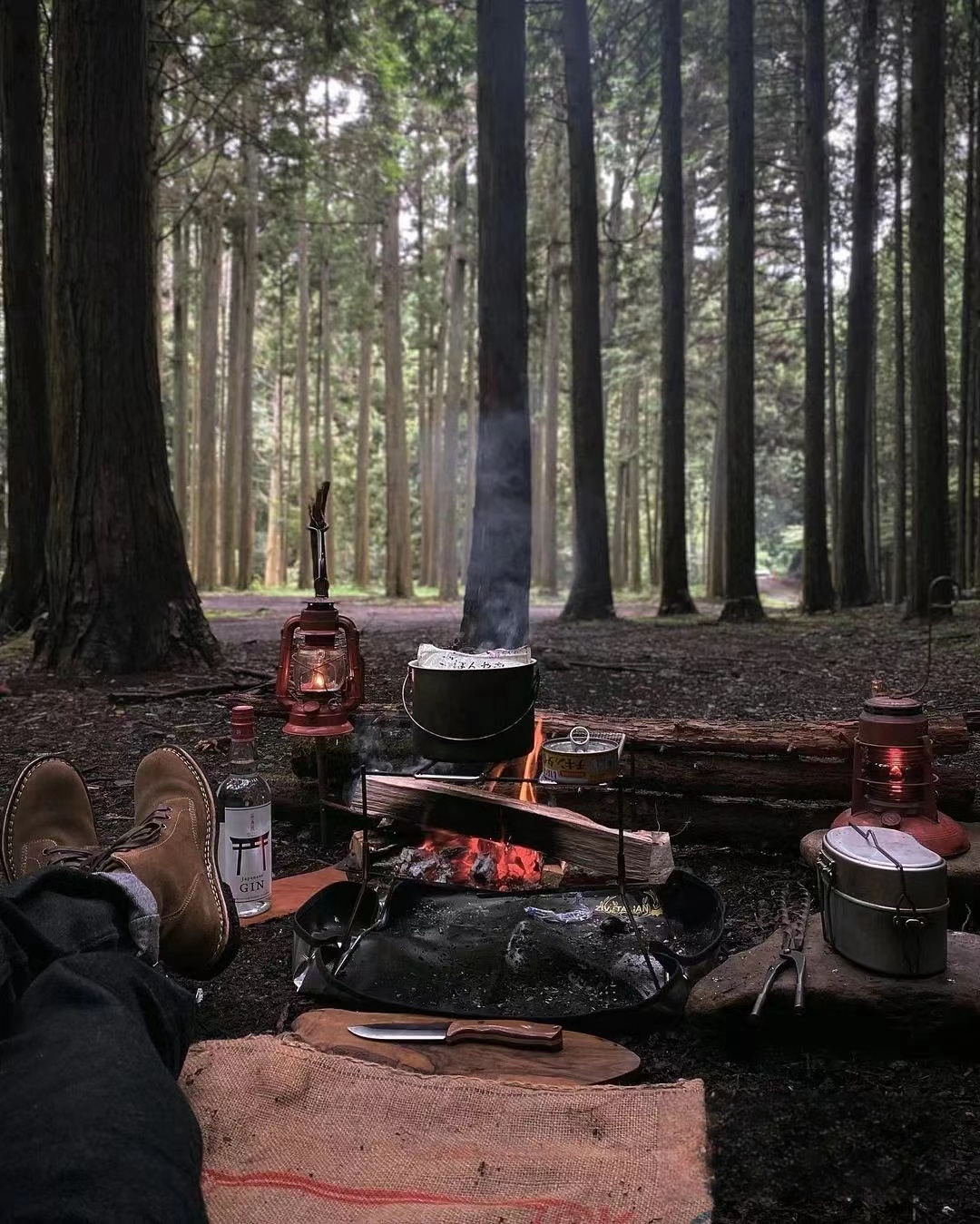
Top 7 Tips to Choose Safe Camping Spots for a Secure Family Adventure
The Joy of Camping in the Wild
In the beautiful and tranquil wilderness, breathing in the fresh and cool air, spending the day bonding with nature with your children, and lying together at night gazing at the stars, telling them a fairy tale or a story, or simply enjoying the present moment… Perhaps this is why people choose to go camping.
The Importance of Choosing Safe Camping Spots
When camping, it’s common to choose established, designated campsites. If setting up camp in the wild, it’s essential to ensure the chosen site is safe.
How to Confirm the Safety of a Campsite
When you come across a promising site, take a thorough look around the environment.
Assessing Potential Dangers
- Trees and Vegetation: Check if you are under dead trees, dense vegetation, or loose rocks. Camping in such places may risk falling rocks onto your tent at night.
- Terrain and Climate: Are you on the top of a ridge or in an open basin? These are lightning-prone areas, and camping in a basin might expose you to dangers from heavy rainfall.
- Water Flow Areas: Are you in a riverbed, canyon, or low-lying area? These places pose risks of flash floods during the rainy season.
- Cliff Edges: Camping here might be exciting, but you might forget your location at night and face danger.
- Animal Habitats: Are you in the habitat of large animals? You wouldn’t want to be surprised by an unexpected visit during your sleep.
- Tide Effects: If camping by the sea or on a beach, ensure the campsite won’t be affected by high tides.
- Snow Mountain Safety: If camping in snowy mountains during winter or spring, make sure the campsite is not in avalanche or crevasse-prone areas.
Nature Conservation After Choosing a Safe Spot
Once you’ve found a safe location, also consider nature conservation.
Environmental Protection Tips
- Water Source Protection: Do not camp within 60 meters of water sources and streams.
- Vegetation Protection: Avoid excessive trampling of the ground and vegetation.
- Avoid Damage: Stay away from areas already damaged.
Preparations Before Setting Up Camp
After choosing the location, it’s time to set up camp. Before that, designate dining, supplies, resting, and waste decomposition areas.
Enjoying Safe Camping
Now, enjoy your camping time, respect wildlife habits while playing, avoid disturbing others, and remember to properly dispose of trash when leaving, maintaining the natural environment.
This is what a responsible camper looks like.
Frequently Asked Questions About Safe Camping Spots
How can I find a safe camping spot? Observe the surrounding environment, and avoid camping in areas with risks of falling rocks, floods, or lightning.
How to avoid animal attacks while camping? Choose spots away from large animal habitats and properly seal and store food and trash.
What should I consider when camping by the sea? Ensure the campsite is not affected by high tides and stay away from the high water mark.
How can I ensure safety while camping in snowy mountains? Avoid areas prone to avalanches or crevasses and stay updated on weather changes.
How to protect the environment while camping? Avoid camping near water sources, minimize trampling on vegetation, and properly dispose of trash.
What precautions should I take during a thunderstorm? Avoid camping on ridge tops or open basins, and choose lower terrain.



